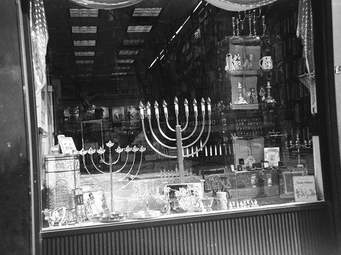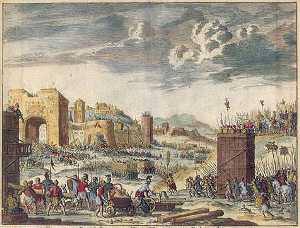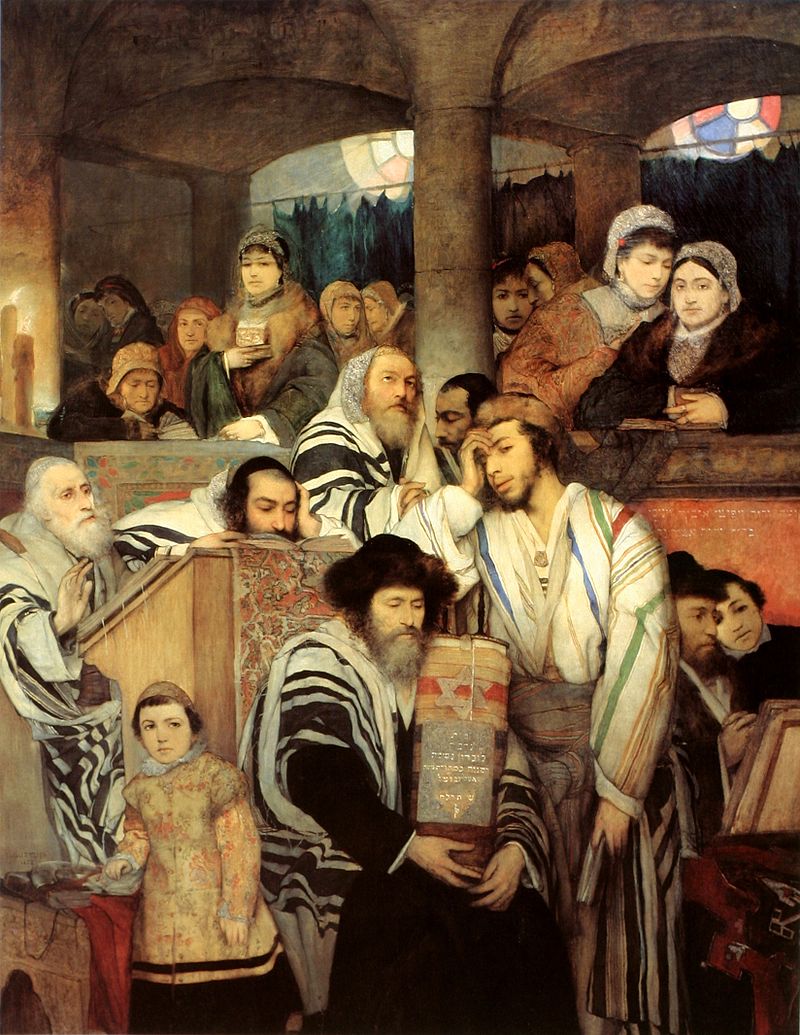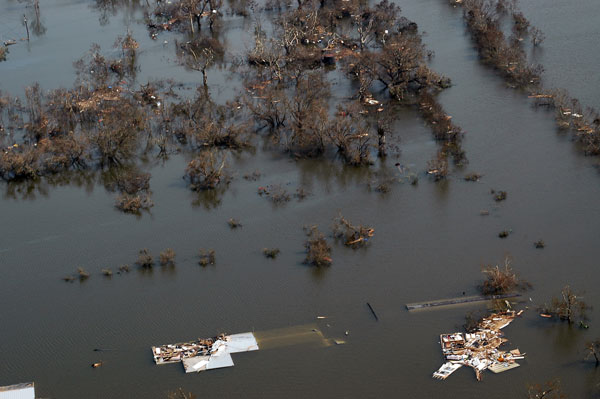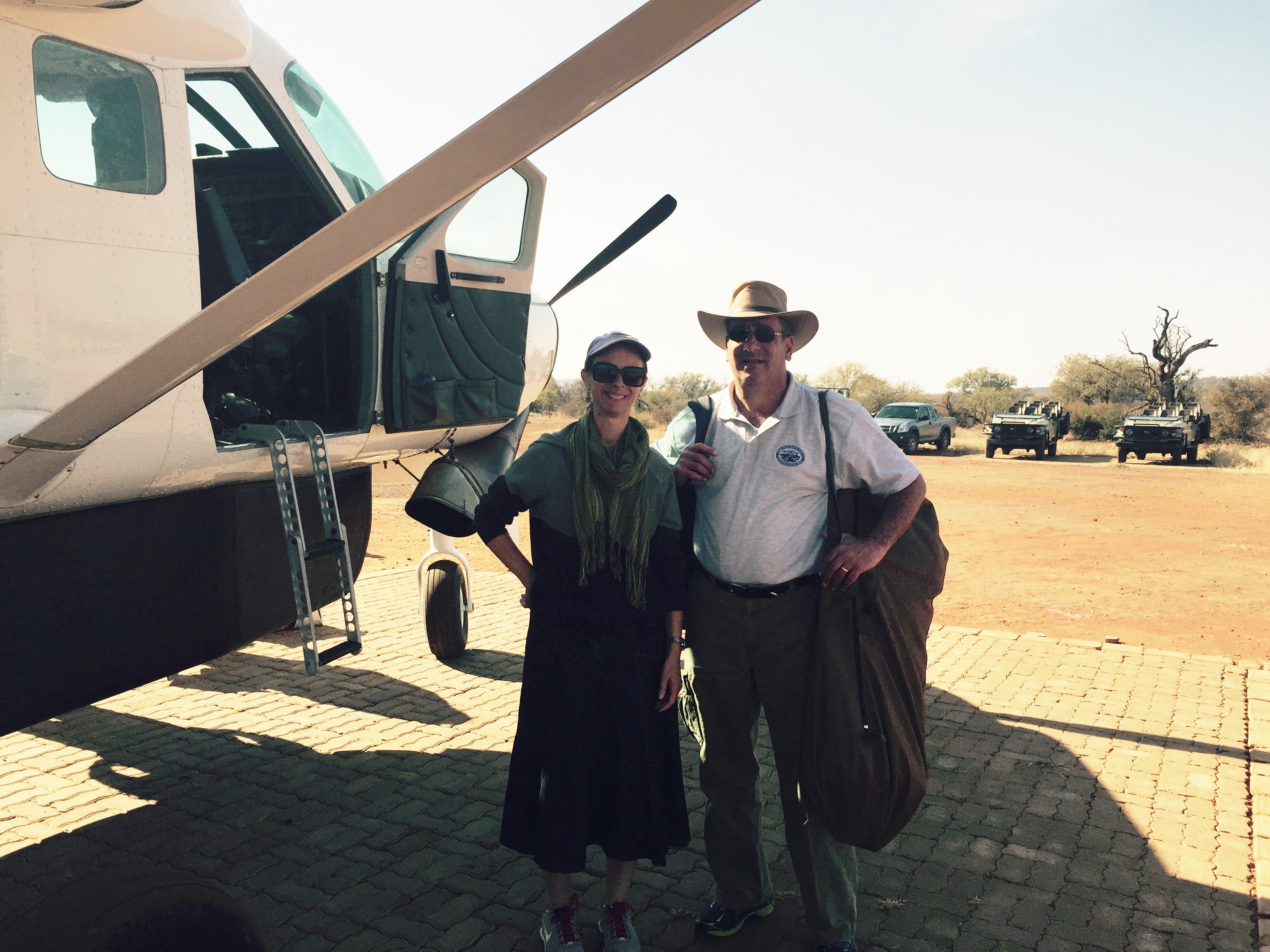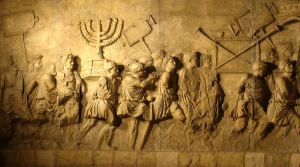
We are currently in the midst of the weeks of mourning that mark the commemoration of the destruction of the two Temples in Jerusalem. The loss of the Temples was not only a blow to the religion of the Jews, but it also symbolized the loss of Jewish national sovereignty in Israel and was the beginning of the Exile and the Diaspora. Sixty-five years after the destruction of the Second Temple by Titus and the Romans, the Jews rose in a rebellion led by Bar Kochba and Rabbi Akiva to attempt to regain their national independence and rebuild the Temple. This attempt crashed in bloody failure. But Bar Kochba’s defeat came to symbolize more than a failed attempt at Jewish national independence. It signaled the dangers and frustrations of false messianism, a disease that has taken a great toll on the Jewish people throughout its Diaspora history. Thus, this mourning period also tolls the bell for the destruction that false messiahs have extracted from the Jewish people over the ages.
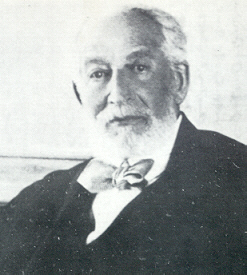
From the time of Bar Kochba in 135 CE till the time of political Zionism in 1897, there was no concentrated Jewish effort to regain the Land of Israel as a Jewish homeland. Individual Jews, and even sometimes substantial groups of them, found their way back to live in Israel. But they were always living under foreign masters: the Byzantines, the Crusaders, the Arabs, the Mamelukes, the Ottomans, and the British, to name some. In the sixteenth century, many Jewish refugees from the Spanish expulsion Don Joseph Naxos, a wealthy converso Jew and the nephew of the great Jewish woman banker and visionary, Dona Gracia Beatriz Mendez, even gained legal control over the city of Tiberias and its immediate environs. He envisioned this event as being the beginning of the restoration of Jewish national sovereignty in the Land of Israel. However, with his death and with the later debacle of the false messiah Shabtai Tzvi, who eventually converted to Islam, nothing practical came of this momentary historical aberration. Individual Jews returned to the Land of Israel, but nobody dared hope – except for messianic expectations and beliefs – for any restoration of Jewish sovereignty in the Land of Israel. In my heart and mind, this three week mourning period reflects and commemorates that historical Jewish attitude of helplessness as well.
Yet in the nineteenth century, an inexplicable change in Jewish attitude began to take place. The disciples of the Gaon of Vilna and of the Hassidic masters began to organize immigration to the Land of Israel. Towards the end of that century, actual communal organizations such as Chovevei Zion (the Lovers of Zion) were created to speed Jewish immigration and development of the Land of Israel. Such disparate Jewish personalities as Rabbi Naftali Zvi Yehuda Berlin (the Netziv), head of the Volozhiner Yeshiva, Rabbi Shmuel Mohilever of Bialystok, Baron Edmond DeRothschild of France, and avowed secularist Dr. Leo Pinsker, all somehow joined forces to place the issue of Jewish return to the Land of Israel back on the agenda. Herzl’s Zionist movement was built upon this foundation of this earlier nineteenth century phenomenon. Appeals for money to help create the nascent Jewish community in the Land of Israel became common and widespread throughout Jewish synagogues the world over, particularly on Tisha B’Av, the culmination of our mourning. Thus, Tisha B’Av became a moment of hope and vision within the mourning and sadness. This is in fulfillment of the words of the Talmud: “Those that mourn for Jerusalem will also be privileged to participate in its rebuilding!” Thus Tisha B’Av bids us to look forward while we recall the past and to strengthen ourselves in our just cause and holy right.


